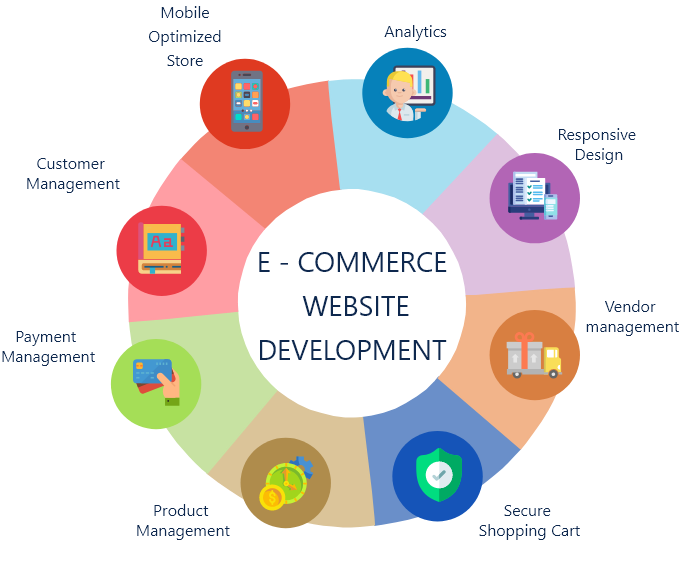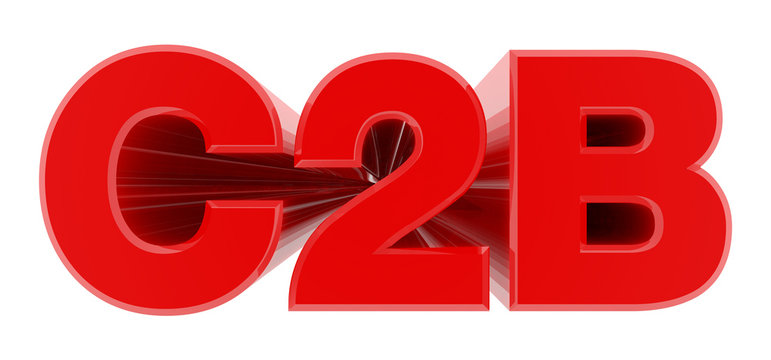What is E-commerce
We can call it an “online store” or “eCommerce website”,
either or it is a platform to purchase and sell products and services via the internet in an electronic environment. Through eCommerce, it is possible to sell or buy almost any product
or service. eCommerce transactions are usually done through online
shopping websites or mobile applications. Nowadays, mobile eCommerce is on the rise and it’s ratio is increasing.

What are the eCommerce business models?
There are three different business models in B2C, B2B and C2C.
What are the requirements to set up an eCommerce website?
SaaS eCommerce packages
This is a highly preferred “turnkey solution”. You choose a company that offers eCommerce packages,
and you subscribe to the company’s most suited package for a certain period of time (usually annually).
These packages often include payment
methods such as hosting, SSL,
ready-made design templates, virtual POS. Higher-priced packages may include features such as mobile applications,
mobile payment methods, gift voucher system, discounted shipping, marketplace integrations.
Open source software
This solution includes open source software, such as PrestaShop, WooCommerce, OpenCart, Magento.
The core of this software is completely free. Plugins and themes that offer additiona
l features are sold for a fee. However,
in order
to establish your own eCommerce website with these software,
you need to be experienced in web design, site management, virtual POS integration or hire an expert. Because they are open source, they offer
more customization. However,
if you are not a technical expert, it may be difficult for you to install and customize these software by yourself and make it legal.
Custom software development
If you think that the software does not meet your needs, you can customize the entire infrastructure from scratch,
and you can negotiate with a professional web designer.
However, remember that such a project will take longer and will
be costly.
Domain Name
If you think that the software does not meet your needs,
you can customize the entire infrastructure from scratch,
and you can negotiate with a professional web designer.
However, remember that such a project will take longer
and
will be costly.
Web hosting
If you are going to get a ready-made eCommerce software, your package may include hosting services. If not,
you will need to choose a hosting plan that fits the needs of your software.
GoDaddy’s Business Hosting plans can be the ideal
option for you.




